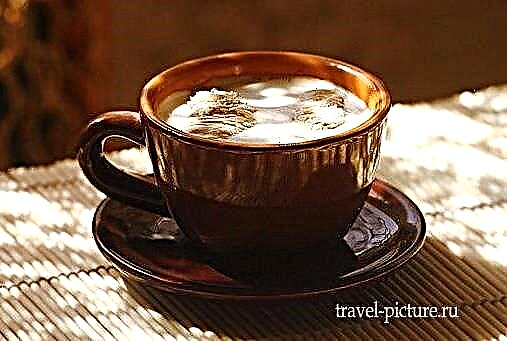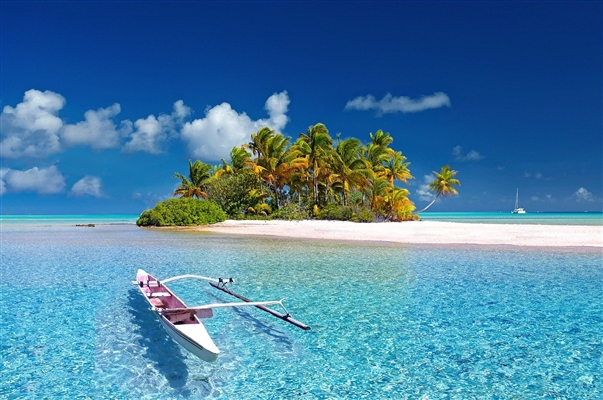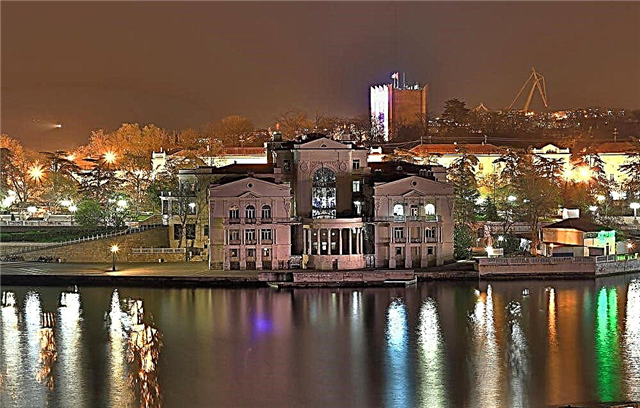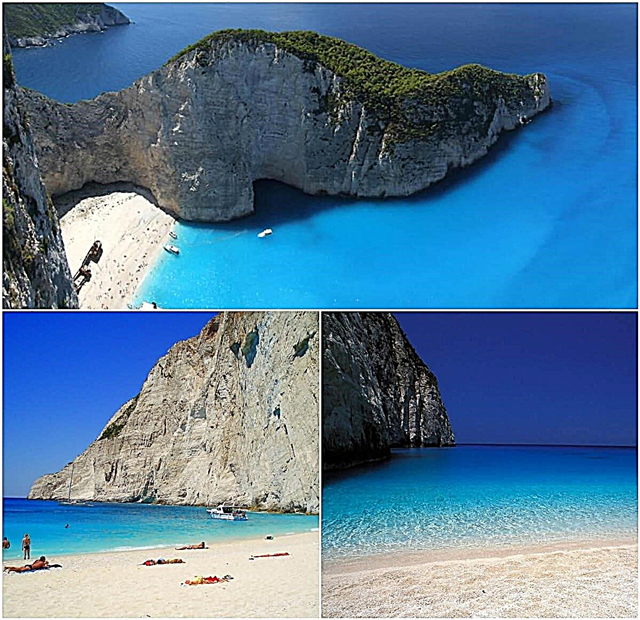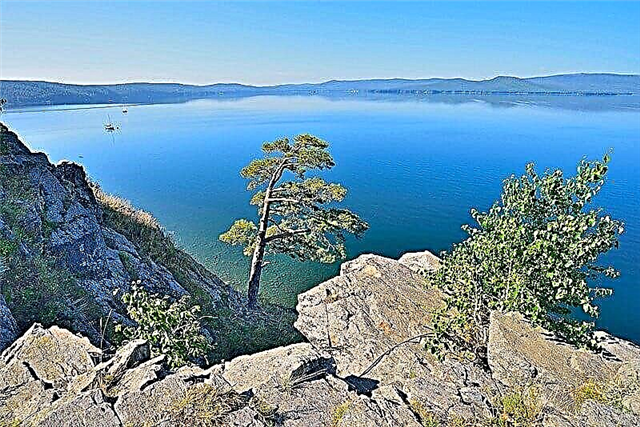A country of ancient pagodas, mountains and impenetrable jungles, where life flows without haste, and communism and Buddhism get along well with each other.
Briefly about the state of Laos
Where is Laos: in Southeast Asia - between Thailand, Cambodia, Vietnam and China.
Currency: Lao kip (LAK) (1 ruble ≈ 240 kip; 1 $ ≈ 8000 kip).
Population: 6 million people.
Languages: Lao, French, Thai.
Temperature in Laos in January +16 ... + 22 ° С, in July - up to + 30 ° С.The climate of Laos is characterized by three different seasons: hot humid (from May to October), dry cool (from November to January) and dry hot ( from February to April).
Visa to Laos for Russians when entering for up to 15 days is not needed.
Religion: Buddhism.
Buddhism in Laos is influential and loved. Monks have great authority in the cultural life of the country, so Marxist-Leninists, willy-nilly, have to be friends with them. The main and only party of the state - the Lao People's Revolutionary Party - considers Buddhism and Marxism-Leninism as related phenomena, because both the first and the second are aimed at eradicating suffering in human life. And everyone who claims to be a member of the Communist Party must live for a couple of months as a novice at a monastery.
Where to find cheap tickets? This is most conveniently done using the search engines Aviasales and Skyscanner. To find the best price, check in all three and see tickets for different dates. Read also the instructions on how to search for cheap flights correctly.
Laos landmarks
Laos waterfalls: Bolaven plateau

One of the main attractions of Laos. The plateau is located 30-40 km east of the city of Pakse, which is located in the south of the country. Most tourists go to the falls in organized groups, using the services of local offices. The price of visiting the three waterfalls and the so-called "authentic" village of artisans (which is actually a fake show for visiting guests) is about $ 25 per person.
It will be cheaper and more interesting to visit the waterfalls on your own. The easiest way will be to rent a motorbike in Pakse (about 70-90 thousand kip for 12 hours of use), get a card and hit the road.
Tham Cham Pee Falls (entrance costs 5,000 kip). A distinctive feature of the waterfall is a large and picturesque grotto. In good weather, it is easy and pleasant to swim here due to the convenient bank for entering and the absence of strong water flows.
Tad Fane waterfall (entrance costs 5,000 kip). It is a 100 meter high waterfall divided into two streams. You can admire them from the observation deck, which is located on the territory of the hotel of the same name.
Tad Gneuang waterfall (entrance costs 10,000 kip). A majestic waterfall 70 meters high with a powerful stream of water.
Ruins of Wat Phu Temple

In the same part of the country, 40 km from Pakse, there are the ruins of the ancient Khmer temple complex Wat Phu, which is an important historical monument of Indo-Chinese architecture and is a UNESCO World Heritage Site. The ruins are located a few kilometers from the Mekong River, right next to Phu Khao Mountain, which is considered sacred.
The first buildings were built here in the 5th century, but the oldest surviving buildings date back to the 11th and later centuries. Initially, the temple was associated with the cult of Shiva, but later became a Buddhist center and continues to function in this role to this day. Near the temple there are two palace complexes, which are in a dilapidated state.
At the very top of the temple complex, you will find the main sanctuary, which is active - there are always monks praying in front of the Buddha statue, and the air is permeated with a pleasant smoke of incense. If you go a little higher up the hill, you can find a sacred spring.
There are several ways to get to Wat Phu. You can buy a one-day tour in Pakse at a rate of $ 25 per person, or you can again rent a scooter (about 80,000 kip + 10,000 kip for gasoline) and get to Wat Phu on your own.
Golden stupa (Pha That Luang)
This building in the center of Vientiane can easily be mistaken for a modern building - it looks too good with fresh plaster and gilding brightly shining in the sun. However, in fact, the stupa was erected back in 1566. The beautiful appearance is the personal merit of the monks, who for over 400 years diligently looked after the stupa, which is the main shrine of Laos, because, according to legend, in the distant III century under it a hair belonging to the Buddha himself was immured.
Buddha Park (Xiengkhuan)

A local landmark of Laos and a source of pride for the inhabitants of the capital. Located 25 km from Vientiane right on the banks of the Mekong. In a small area, there are reinforced concrete sculptures of a Buddhist monk and part-time artist Bun Liua Surirat. One hour will be enough for a full inspection.
You can get to the park by taxi - the trip costs $ 15-20. Another option is to take bus number 14, which runs from the main bus station literally every half hour and travels to the park for about an hour. Around the middle of the way, the bus stops at the Friendship Bridge (border crossing between Laos and neighboring Thailand). A ticket costs 6 thousand kip (first part of the journey) + 8 thousand kip (second) and is bought from the controller directly on the bus. The last flight back to the city leaves at 17.30.
The entrance ticket to the park costs 5,000 kip, 3,000 are taken for photography.
Laos cuisine
Of course, rice dishes occupy the first place in the Lao diet, and buffalo meat is also popular. Pho (noodle soup), paws (meat, vegetables and rice), tam-som (papaya salad), lamas (buffalo soup with a fair amount of spices) are widespread.
It will be helpful to remember the main types of rice: khao yao (white rice), khao phat (fried rice) and khao nyau (sticky rice, designed to roll into balls so that it can then be dipped in sauce).
Popular drinks here are coffee (often iced), black tea with milk, and various juices. Mac Mai Pan is especially popular among residents, which is a rich thick fruit juice mixed with ice and condensed milk or sugarcane juice. Popular alcoholic beverages include beer (BirLao) and moonshine brewed in rice.

Embassy of Russia in Laos
Address: Sisattanak Distr., Thaphalanxay quarter, km 4, Thadeua str., Vientiane, P.O. Box490, Vientiane, Laos.
Phone: (856) 21-31-2219, (856) 21-31-2222.


